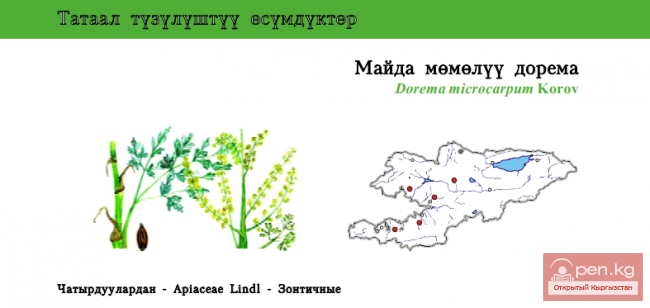In the Darkness of the Ages
The more scholars refer to the works of the founder of scientific archaeology in Kyrgyzstan, A. N. Bernshtam, the more they are amazed by his "foresight," his retrospective insight. With only exploratory materials and relatively scant specific data, he managed to largely reconstruct the archaeological past of the Tian Shan, Fergana, and Pamir-Alai regions accurately. His periodization and the stages of their culture retain their scientific significance to this day, even though many expeditions have been completed since then, and the results obtained far exceed those of Bernshtam. He was also correct in defining the general scheme of the genesis of the city of Osh. Almost four decades ago, A. N. Bernshtam wrote: "The formation of the city of Osh is preceded by the tepe... of the Dawan and Kushan periods, surveyed by the expedition in 1946. With the strengthening of the role and significance of the city of Osh, these settlements located to the west of it along the Naukat road decline. In their place, fortresses and castles appear, reconstructing the former Kushan-type fortifications. Such is the fortress at Ak-Bur in the northwest of Osh and the Kurgashin-tepe fortress to the north of it...
Thus, by the 8th-9th centuries, there is an emergence of large feudal centers with a developed defense system of the oasis through the decline of many individual settlements..."
Today, Yu. A. Zadneprovsky confirms, after new long-term excavations, that the fundamental paths outlined by A. N. Bernshtam for the formation of feudal Osh are correct, and it is time to substantiate them with specific data and trace them through the materials of newly excavated burial mounds, settlements, and city sites.
However, while the ancient, classical monuments are actively being revealed, much work remains to be done regarding the medieval period, as "the early medieval monuments, which directly preceded the emergence of the medieval city, are still unknown." Archaeologically, medieval Osh has hardly been studied, as subsequent constructions absorbed the previously existing "cultural" layers. The city grew and developed in the same location. Therefore, the archaeological study of the formation of the city of Osh is a task for the future. One can only assume that the transformation of Osh into a large medieval city, the third largest in Fergana, occurred, as in other well-known Central Asian cities of that time, through the unification of several small settlements that previously existed on its territory.
For now, our reliable indicators in the history of medieval Osh will be written sources, numismatic data, and epigraphy.
The medieval period for the territory of Kyrgyzstan, which was part of the Turkic and later Karakhanid khanates, is associated with significant foreign policy events that have left a mark on the entire subsequent history of the region. One of these is the Arab conquest of Central Asia. Being a complex and contradictory phenomenon in itself, it also had equally ambiguous consequences for the development of urban life here. "On the one hand, the Arab conquest and the accompanying events brought (especially for Mawarannahr) the destruction of productive forces, and on the other hand, the subsequent period of political stabilization and integration into the centralized system of the caliphate contributed to a sort of second cycle of urbanization in Central Asia, observed in the 9th-10th centuries."
The characteristic features of this historical period and its events, noted by Soviet historians and archaeologists, have, in one way or another, left their mark on the fates of the early feudal cities of Fergana, including Osh and Uzgen. However, due to the overall scarcity of written sources and some one-sidedness in the works of Arabic and Persian authors, as well as the fragmentary nature of the information they provide about the cities and villages in southern Kyrgyzstan, it is currently only possible to tentatively discuss the echoes of certain events and changes in the urban life of Osh related to the Arab conquest and its distant consequences.











































